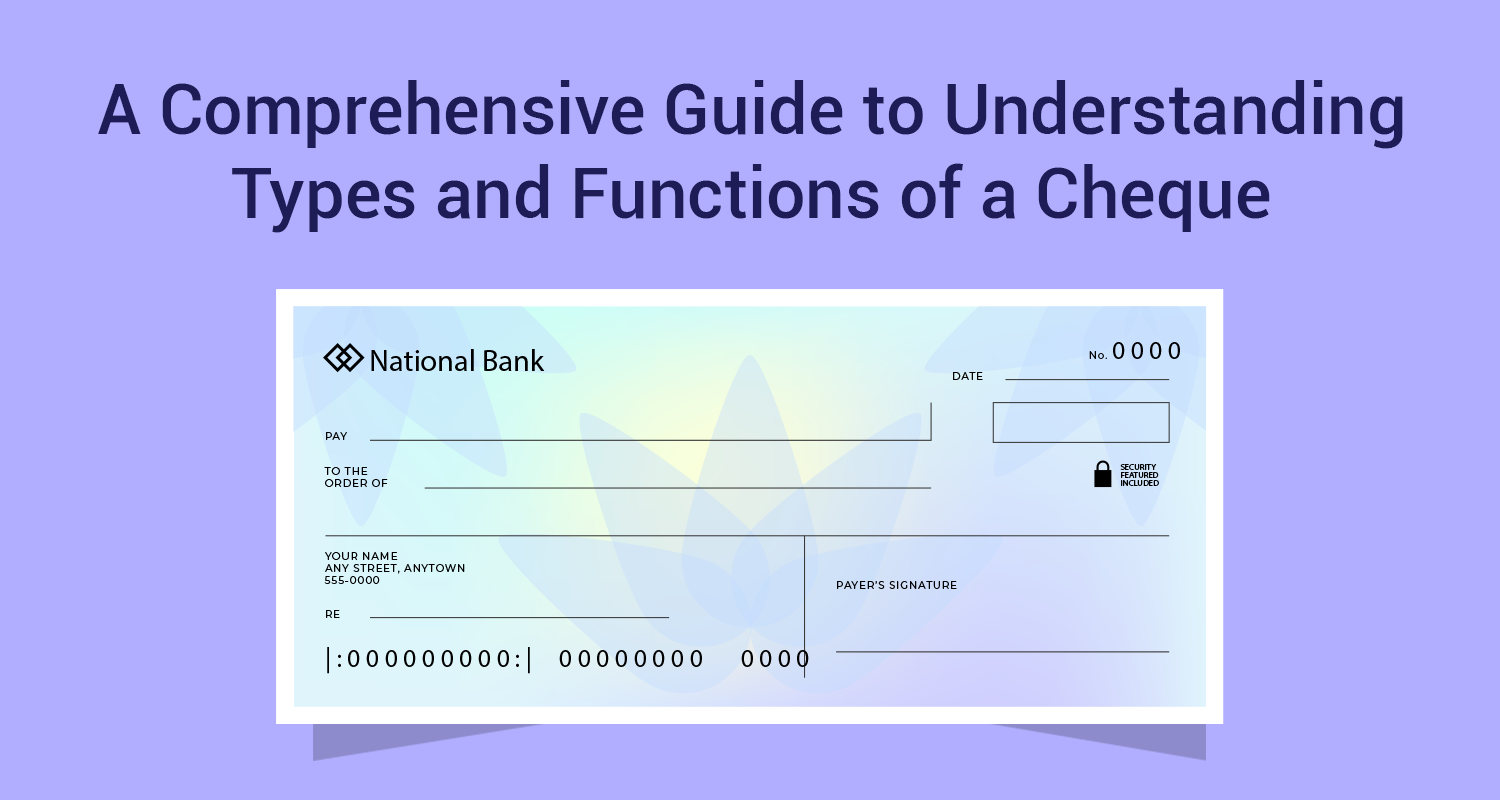How to start saving

To save money is a commitment to improving your lifestyle. But, it won’t happen overnight. It needs proper planning and a diligent follow-up. This step-by-step approach can help you develop a saving plan.
1. Record your expenses
The first step in saving money is to be well aware of your expenses. As quoted by Benjamin Franklin – ‘Beware of little expenses; a small leak will sink a great ship’. People are unable to save enough because they hardly have any money left after their spending. So it is important that you carefully keep a record of everything you spend in a particular month. Once you have your data, organise it based on whether these expenses are fixed or variable.
2. Debt planning
When your income is low, debt is generally unavoidable. However, if you can avoid accumulating excessive debt, then do so. Calculate what amount of monthly debt repayment of existing debt you need to set aside. But make sure you cover the interest component and partially the principal component. You can do this via a negotiation with your lender to reschedule the maturity date and monthly repayment. Paying a sum of money up-front is always cheaper in the long run than paying off an equivalent loan while interest accumulates over time.
3. Prepare a budget
Once you know where your money is going, you can make a calculated decision on how to best allocate your money. You need to analyse each expense carefully. Fixed expenses like house rent, loan payment, and utility bills are inevitable. But there is a slot to control variable expenses like meals, transportation, and entertainment. It's not about cutting out everything that gives you joy in life. It's about efficient allocation of your money.
4. Start small to save big
At the beginning of your career, your income may not be very high. Many times, there is a very small investable surplus after all the expenses. Still, this should not hold you back from saving. The magic of compounding ensures that even a small sum grows into a lump sum amount over the long term. As the income grows the investment can be scaled up further.
5. Set savings goals
Setting savings goals makes it much easier to get started. Begin by deciding how long it will take you to reach each goal.
Some short-term goals (which can usually take 1-3 years) include: An emergency fund to cover 6 months to a year of living expenses in case of job loss or other emergencies, saving money for a vacation, saving to buy a new car and saving for the marriage.
Long-term savings goals are several years or even decades long and can include: Saving for retirement, putting money away for your child's college education, saving for a second house or to renovate your current home.
6. Decide your priorities
People have different priorities when it comes to saving money, so you must decide which savings goals are most important to you. Part of this process is to know what sources to use for saving up for a goal. As you do this for all your goals, order them by priority and set money aside accordingly in your monthly budget. Remember that setting priority means making choices. If your top priority is saving for retirement, some other goals might have to wait until your income grows.
7. Constantly observe your progress
You should not stop just by preparing a plan and executing it but you need to check your progress every month. Not only will this help you stick to your personal savings plan, but it will also help you identify and fix problems quicker.
With these simple ways to save money, it may even inspire you to save more and achieve your goals faster.
Disclaimer: The information contained in this post is for general information purposes only. IIFL Finance Limited (including its associates and affiliates) ("the Company") assumes no liability or responsibility for any errors or omissions in the contents of this post and under no circumstances shall the Company be liable for any damage, loss, injury or disappointment etc. suffered by any reader. All information in this post is provided "as is", with no guarantee of completeness, accuracy, timeliness or of the results etc. obtained from the use of this information, and without warranty of any kind, express or implied, including, but not limited to warranties of performance, merchantability and fitness for a particular purpose. Given the changing nature of laws, rules and regulations, there may be delays, omissions or inaccuracies in the information contained in this post. The information on this post is provided with the understanding that the Company is not herein engaged in rendering legal, accounting, tax, or other professional advice and services. As such, it should not be used as a substitute for consultation with professional accounting, tax, legal or other competent advisers. This post may contain views and opinions which are those of the authors and do not necessarily reflect the official policy or position of any other agency or organization. This post may also contain links to external websites that are not provided or maintained by or in any way affiliated with the Company and the Company does not guarantee the accuracy, relevance, timeliness, or completeness of any information on these external websites. Any/ all (Gold/ Personal/ Business) loan product specifications and information that maybe stated in this post are subject to change from time to time, readers are advised to reach out to the Company for current specifications of the said (Gold/ Personal/ Business) loan.



